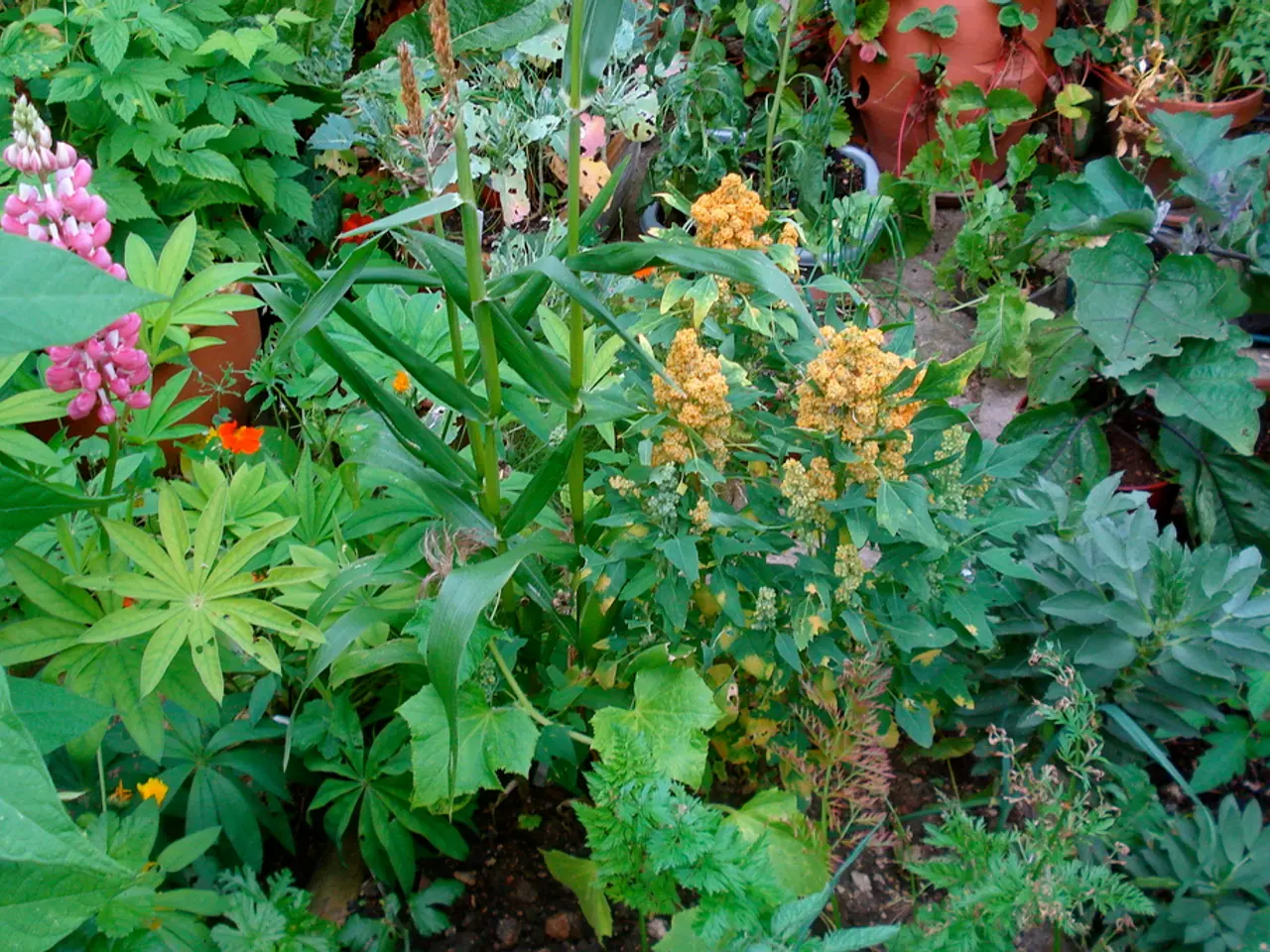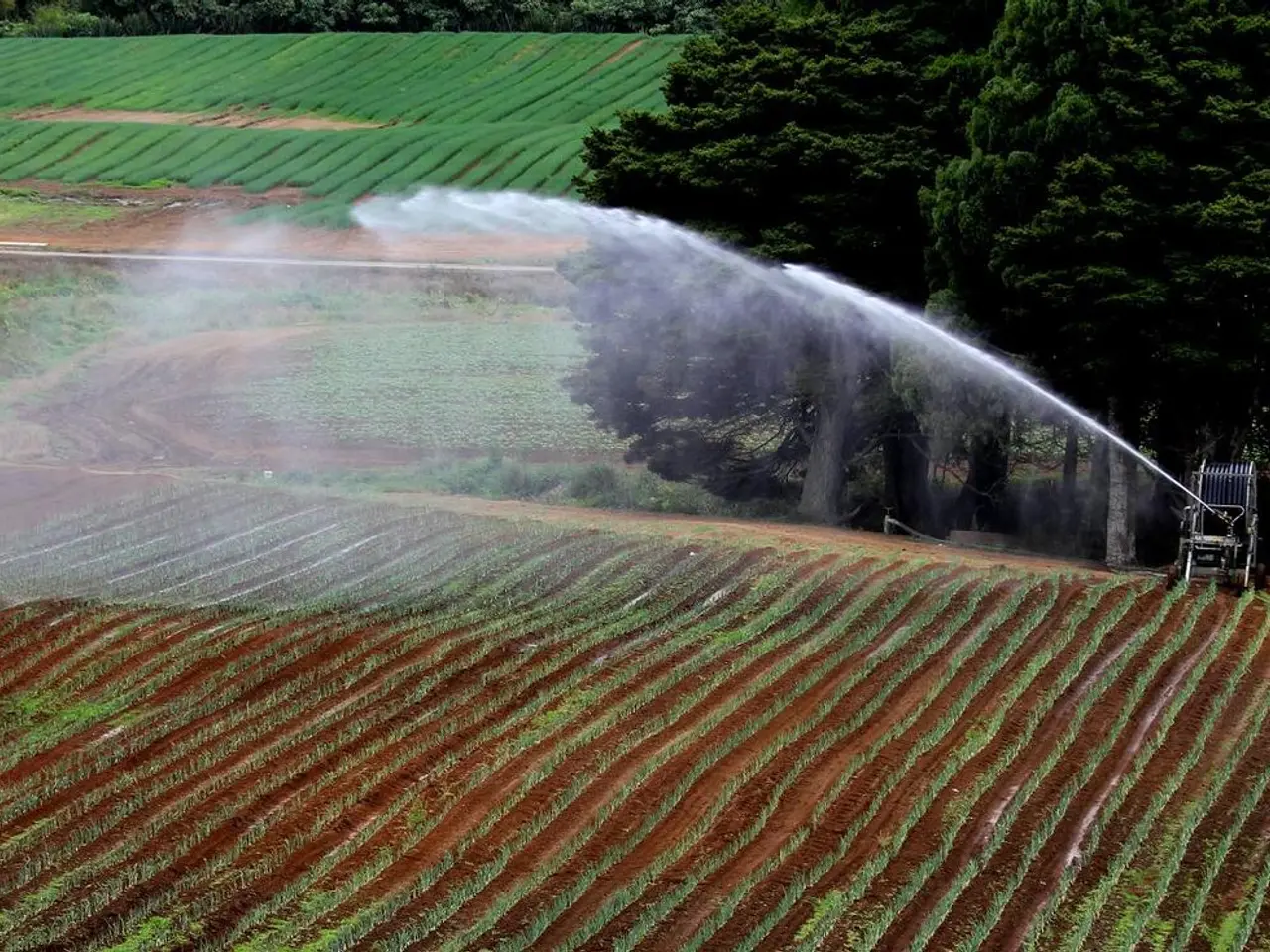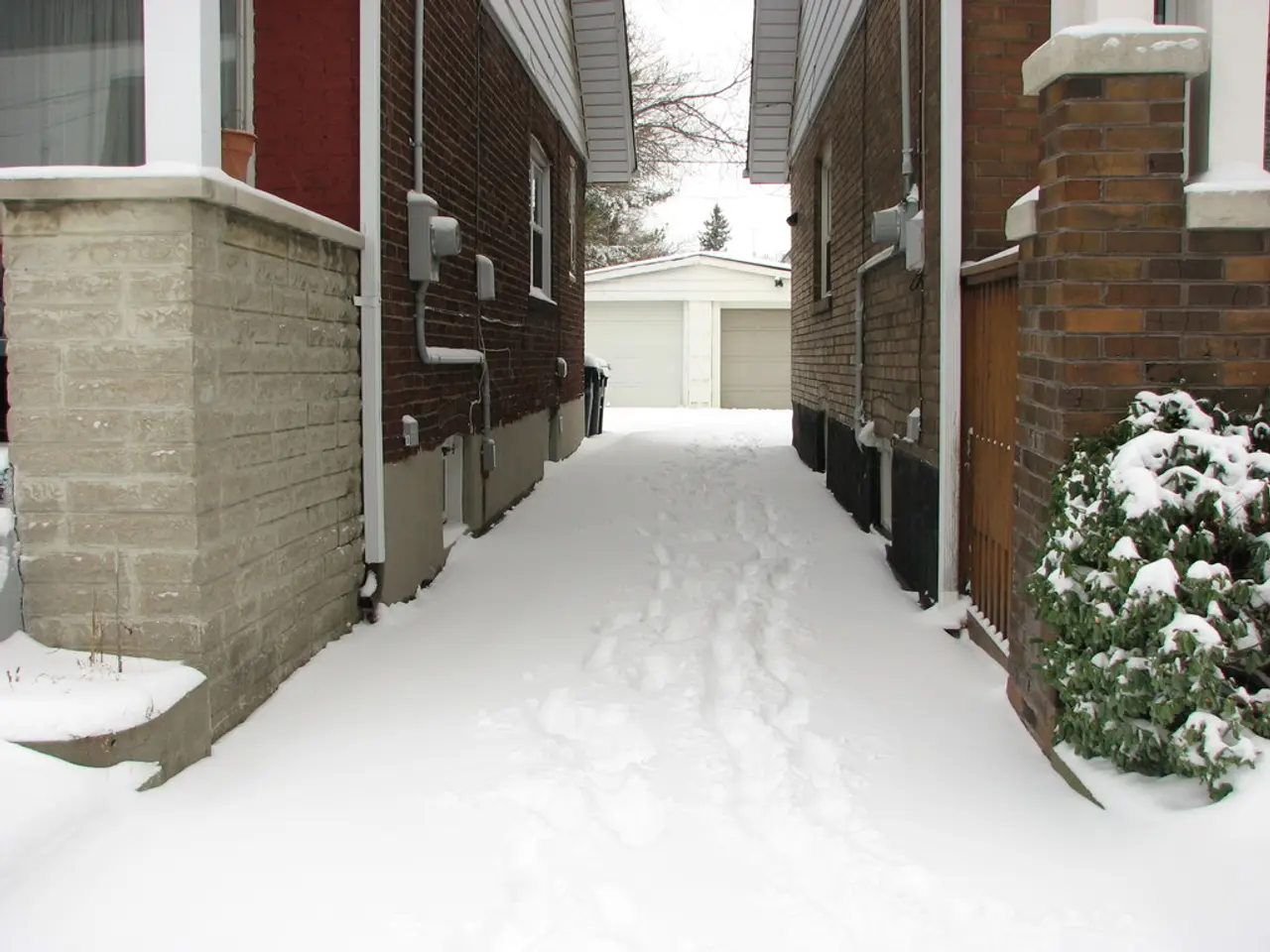Propagating Asparagus through Seeds: A Farming Technique Explained
Growing Asparagus from Seed: A Cost-Effective and Sustainable Approach
Growing asparagus from seed is a viable and economical alternative to purchasing pricey asparagus crowns. This guide offers insights on saving and cultivating asparagus seeds for a bountiful homegrown crop.
Saving and Harvesting Asparagus Seeds
Asparagus plants, contrary to popular belief, are flowering plants that bear seeds, just like other garden plants. Male and female asparagus plants, separated by gender, require bee pollination to produce seeds. Asparagus crowns generally available at nurseries are male-only, so to witness the vibrant red asparagus fruit (seeds), plant asparagus from seed or obtain a mixed batch of asparagus crowns.
When growing asparagus from seed, allow the seeds to mature on female plants, which produce fewer edible spears but provide a prolific number of seeds in optimum conditions.around mid to late September, collect the ripe red seeds, dry them for a week or two, and carefully extract the seeds.
Germinating and Growing Asparagus Seeds
Planting asparagus seeds indoors 10-12 weeks before the anticipated last frost date is recommended. Seeds require soil temperatures between 70-85°F for optimal germination. In colder climates, such as Vermont, expect to plant the seeds in mid to late March.
To enhance germination, pre-soak the seeds in warm water for a few hours, although it is not strictly necessary. Plant the seeds 1/2-inch deep in fertile potting soil, using a seedling heat mat to maintain the ideal temperature.
Asparagus seeds typically germinate in 2-4 weeks, but some may take up to 8 weeks. As they grow, transplant the seedlings to the garden bed, preferably after the frost risk has passed, spacing them 6 inches apart in rows 18 inches apart. At this stage, treat them more gently than mature crowns, as seedlings have a less robust root system.
Caring for Asparagus Plants
Asparagus requires a well-drained, sunny location with slightly acidic soil (pH 6.0–6.5). Before planting, enrich the soil with compost or organic matter, or double-dig heavy soils to improve drainage and root growth.
Plant the seedlings in a trench, maintaining a distance of 12-18 inches between each. Gradually fill the trench as the plants grow, allowing them to develop a strong root system. Mulch the plants to retain moisture and suppress weeds, and keep the soil consistently moist during their first two years.
Harvesting and Long-term Management
Asparagus takes several years to establish before it can be harvested. Lightly harvest a few spears in the second year, and by the third year, plants will be established and ready for a full harvest, which lasts for 6-8 weeks in spring. Cut the spears at ground level when they are 6-8 inches tall and pencil-thick.
Established plants will produce spears for 7-8 years or more before productivity wanes. Care for the plants by removing dead ferns in late fall or early spring and maintaining the soil with balanced fertilizer per the soil test recommendations.
Growing asparagus from seed is a multi-year commitment, but the reward is a long-lasting, cost-effective crop of fresh asparagus each spring.
Incorporating edible wild plants into a sustainable lifestyle, consider cultivating asparagus seeds at home, while also contributing to the home-and-garden sector through successful gardening. By growing asparagus from seeds, you're not only embracing a cost-effective approach, but also playing a part in the biodiversity of your garden by allowing female asparagus plants to produce seeds.







